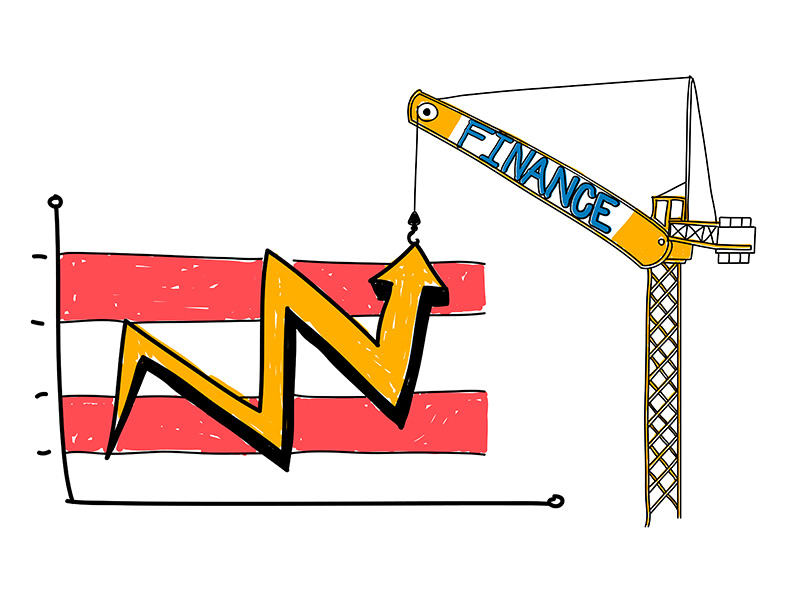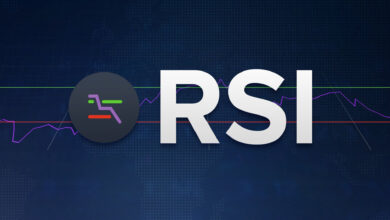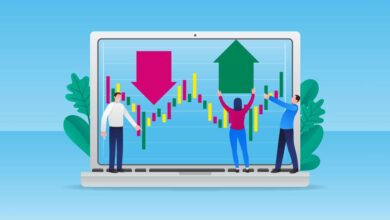Using Moving Averages in Combination with Other Indicators

Moving averages are one of the most commonly used technical indicators in trading, and are often used in combination with other indicators to help traders identify trends and make more informed decisions. Essentially, moving averages are calculated by taking the average price of an asset over a specific period of time, with the resulting value then plotted on a chart. By doing this, traders can see whether an asset’s price is generally moving up, down, or sideways over a given timeframe.
There are different types of moving averages, including simple moving averages (SMA), exponential moving averages (EMA), and weighted moving averages (WMA). The SMA is calculated by taking the arithmetic mean of the asset’s price over a set period, while the EMA gives greater weight to more recent prices. The WMA assigns different weights to different prices, with the most recent price given the greatest weight.
Moving averages can be used in a variety of ways, including as a tool for determining support and resistance levels, identifying trend reversals, and generating buy and sell signals. When used in combination with other technical indicators, such as the Relative Strength Index (RSI) or Moving Average Convergence Divergence (MACD), moving averages can provide even more insight into an asset’s price movement.
However, it is important to note that no indicator is foolproof, and using moving averages alone or in combination with other indicators should not be seen as a guarantee of success in trading. It is always important to conduct thorough research and analysis, and to consider factors such as market sentiment, news events, and overall market conditions when making trading decisions.
How Moving Averages Can Help Identify Trends?
Moving averages are commonly used in technical analysis to help identify trends in the market. A moving average is calculated by taking the average price of an asset over a specified period of time. By plotting the moving average on a chart, traders can get a clearer picture of the direction the price is moving.
One common use of moving averages is to identify the direction of the trend. If the price is above the moving average, it is generally considered to be in an uptrend, and if it is below the moving average, it is considered to be in a downtrend. Traders can use this information to make informed decisions about whether to buy or sell an asset.
Moving averages can also be used to identify support and resistance levels. If the price is consistently bouncing off a particular moving average, that moving average can be seen as a support or resistance level. Traders can use this information to help them determine entry and exit points for trades.
Leveraging Moving Averages and Oscillators for Enhanced Timing and Confirmation
Moving averages are not only useful on their own, but they can also be combined with other technical indicators to enhance their effectiveness. One way to do this is to use moving averages to confirm or reject signals from other indicators. For example, if a trader is using the Relative Strength Index (RSI) to identify overbought or oversold conditions in the market, they can use a moving average to confirm the signal. If the RSI indicates that the market is overbought and the price is trading above the moving average, the trader may consider selling. Conversely, if the RSI indicates that the market is oversold and the price is trading below the moving average, the trader may consider buying.
Another way to use moving averages in combination with other indicators is to combine them with oscillators for better timing. Oscillators are a type of technical indicator that oscillates between two extremes to indicate overbought or oversold conditions. Examples of oscillators include the Moving Average Convergence Divergence (MACD) and the Stochastic oscillator. By combining oscillators with moving averages, traders can get a better sense of when to enter or exit trades. For example, a trader might use the MACD to identify a trend and then use a moving average to confirm the trend before entering a trade. Similarly, a trader might use the Stochastic oscillator to identify overbought or oversold conditions and then use a moving average to time their entry or exit.

In conclusion, moving averages are a powerful tool for traders, and they can be used in a variety of ways to enhance the effectiveness of other technical indicators. Whether you’re using moving averages to confirm or reject signals from other indicators, or combining them with oscillators for better timing, the key is to experiment and find the combination that works best for your trading style. By doing so, you’ll be able to make more informed trading decisions and improve your chances of success in the markets.
Optimizing Moving Averages for Cryptocurrency Trading: Timeframes and Popular Coins
When it comes to using moving averages for cryptocurrency trading, selecting the right timeframe is crucial. Short-term traders may prefer shorter timeframes, such as 5 or 10-day moving averages, while longer-term investors may use 50 or 200-day moving averages. It’s important to note that different timeframes may provide different signals, so it’s essential to use multiple timeframes to confirm trends.
Once you’ve selected the appropriate timeframes for your trading style, it’s important to apply moving averages to popular cryptocurrencies. Bitcoin, Ethereum, and other top coins may have different trends and volatility, so it’s crucial to adjust your moving average strategy accordingly. For example, Bitcoin tends to be more volatile than Ethereum, so using shorter timeframes may be more effective.
Another important factor to consider when applying moving averages is to use them in combination with other indicators. For instance, combining moving averages with oscillators, such as the Relative Strength Index (RSI) or Stochastic Oscillator, can help confirm trend reversals and improve timing for buying or selling.
By optimizing your moving average strategy with the appropriate timeframes, popular coins, and other indicators, you can improve your trading success in the cryptocurrency market. It’s essential to continuously monitor and adjust your strategy as market conditions change to stay ahead of the curve.
Tips for Fine-Tuning Moving Average Strategies with Other Indicators
Moving averages are a widely used tool for analyzing trends in financial markets, including the crypto market. However, relying solely on moving averages can be risky. That’s why it’s important to fine-tune moving average strategies with other indicators. One popular approach is to combine moving averages with oscillators, such as the Relative Strength Index (RSI) or the Moving Average Convergence Divergence (MACD). By doing so, traders can get a more complete picture of market trends and confirm or reject signals from other indicators. Another important factor to consider is the timeframe used for the moving averages. A shorter timeframe may provide more immediate signals, but may also be more prone to false signals. On the other hand, a longer timeframe may provide more accurate signals, but may also lag behind market trends. By experimenting with different timeframes and indicators, traders can fine-tune their moving average strategies and increase their chances of success.
Understanding and Managing Risk When Trading with Moving Averages and Other Indicators
When using moving averages and other indicators in your trading strategy, it’s important to understand and manage the risks involved. One way to manage risk is to use stop-loss orders to limit your potential losses if the market moves against you. Another important consideration is to use proper position sizing and risk management techniques to ensure that you don’t expose too much of your trading capital to any one trade. It’s also important to have a clear understanding of the indicators you’re using and their limitations, as well as to regularly evaluate and adjust your strategy as needed. By taking these steps to manage risk, you can help protect your trading capital and increase your chances of success when using moving averages and other indicators in your trading.

Common Mistakes to Avoid When Using Moving Averages and Other Indicators
When using moving averages and other indicators for trading, there are some common mistakes that can be costly for traders. One of the biggest mistakes is relying too heavily on a single indicator, such as a moving average, without considering other factors that may impact the market. It’s important to use a combination of indicators to get a more comprehensive view of market trends and potential opportunities.
Another mistake is not testing strategies or relying solely on backtesting results. Backtesting can give a sense of how a strategy would have performed in the past, but it doesn’t guarantee future success. It’s important to test strategies in real-time markets and make adjustments as needed.
Traders should also avoid overcomplicating their strategies by using too many indicators or relying on overly complex calculations. Simple moving averages and other basic indicators can often be just as effective as more complicated ones.
Finally, traders should avoid making emotional decisions based on market fluctuations or news events. It’s important to stick to a trading plan and strategy, even when the market is volatile. By avoiding these common mistakes, traders can improve their chances of success when using moving averages and other indicators.
Conclusion
In conclusion, using moving averages and other technical indicators can significantly improve the effectiveness of crypto trading strategies. By identifying trends, confirming or rejecting signals, and managing risks, traders can make more informed decisions and potentially increase their profits. However, it’s important to select the right indicators, fine-tune strategies, and avoid common mistakes to ensure the best results. At Forvest, we understand the importance of using indicators in crypto trading and offer a range of tools and resources to help traders stay ahead of the market. We hope this article has provided valuable insights into the use of moving averages and other indicators and encourages you to continue learning and experimenting with different strategies. For more informative articles on trading and investing, make sure to follow the Forvest blog.
Rating of this post
Rate
If you enjoyed this article, please rate it.



